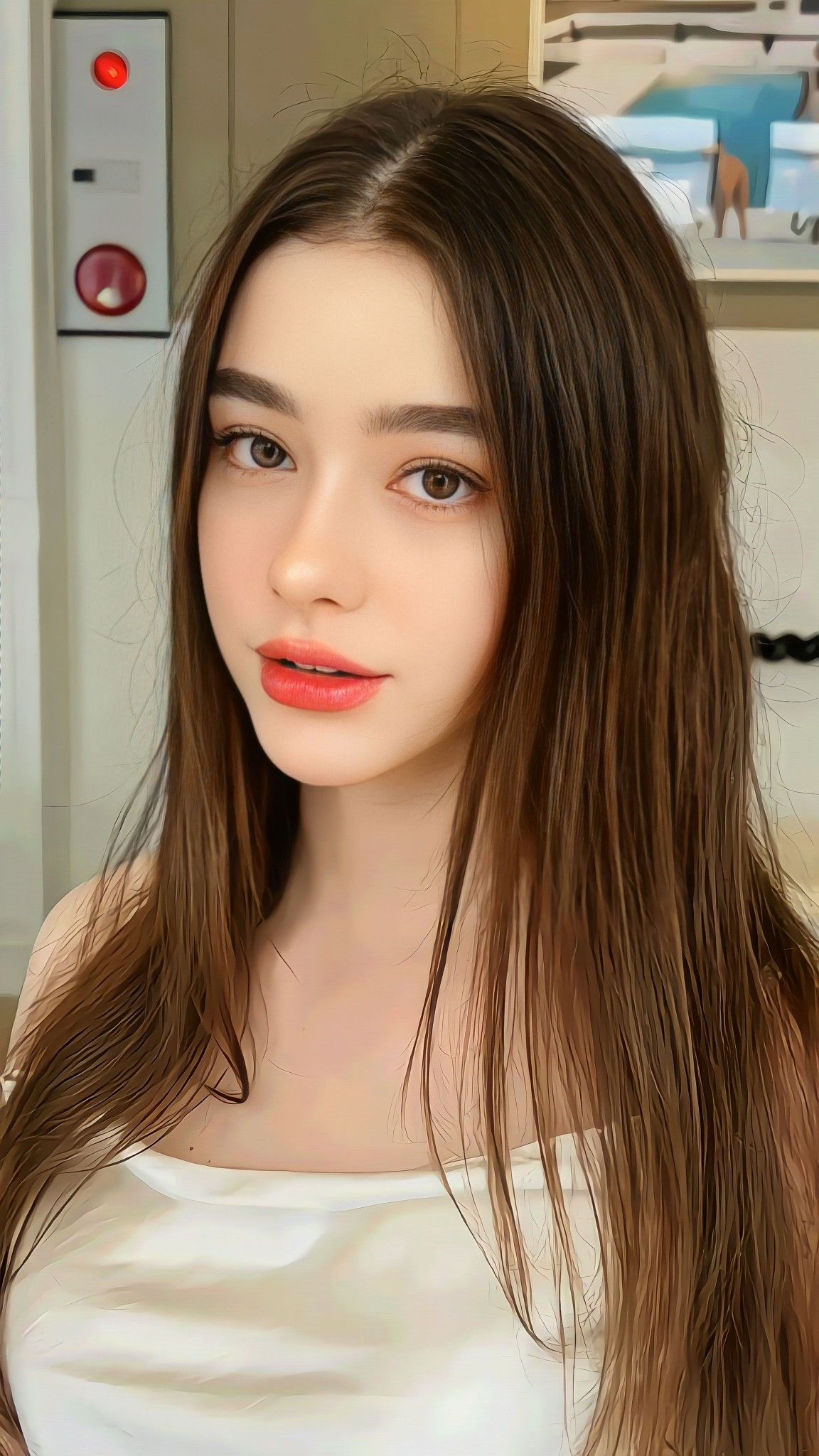Suffering from migraines? Looking for relief beyond medication? Migraine masks might be your new best friend. This comprehensive guide explores how these innovative devices can help you manage migraine pain and reclaim your day. From understanding the different types to exploring the science behind them, we’ll equip you with the knowledge you need to find the perfect migraine mask for your needs.
Understanding Migraine Masks
Migraines can be debilitating. The throbbing pain, nausea, and sensitivity to light and sound can derail your day. If you’re seeking drug-free pain management, migraine masks offer a promising solution. Utilizing temperature therapy and light blocking, they may provide comfort and relief. Let’s explore how these masks work and the various types available.
Types of Migraine Masks
Finding the right migraine mask is a personal journey. Consider these options:
-
Full-Coverage Caps: Enveloping your entire head, these caps offer comprehensive relief, especially for migraines affecting multiple areas. They’re like a soothing hug for your aching head. Products like the Theraice Migraine Relief Cap exemplify this design.
-
Eye Masks: Focusing on the eyes, temples, and forehead, these masks are ideal if your pain concentrates in these areas. Their portability makes them convenient for on-the-go relief. Examples include the Fomi Care Gel Bead Facial Eye Mask and the cordless Boquboo Heat and Cooling Eye Mask
-
Other Forms: Cooling or warming neck wraps, like those mentioned in some studies showing over 70% of users finding relief, may also provide additional comfort. Discover the nerves that fuel your body with the nervous system chart.
How Migraine Masks Work
Migraine masks employ a combination of therapies to alleviate pain:
-
Cold Therapy: Cold constricts blood vessels, potentially reducing inflammation and numbing pain signals. Most migraine masks achieve this using chilled gel packs.
-
Heat Therapy: Heat relaxes muscles and increases blood flow, which may ease tension headaches that can accompany or trigger migraines. These masks typically use gel packs warmed in water or a microwave.
-
Light Blocking: Many masks block out light, minimizing visual stimulation and creating a calming environment. This is especially helpful for light-sensitive individuals.
Benefits of Migraine Masks
Migraine masks offer several potential advantages:
- Drug-Free Relief: A significant benefit for those seeking alternatives to medication.
- Inflammation Reduction (Cold Therapy): May target the root cause of some migraines.
- Muscle Relaxation (Heat Therapy): Soothes tense muscles, offering comfort.
- Light Sensitivity Relief: Creates a dark, calming environment.
- Improved Sleep: Easing pain and reducing sensory input may promote better sleep.
- Potential Migraine Attack Management: May help reduce the severity and frequency of attacks.
Choosing the Right Migraine Mask
Consider these factors when selecting a mask:
- Temperature Therapy: Do you prefer cold, heat, or both? Some masks offer dual functionality.
- Coverage Area: Choose full-head coverage or an eye mask based on your pain patterns.
- Comfort: Opt for soft materials and adjustable straps.
- Reviews: User reviews provide valuable insights into effectiveness and comfort.
The Science of Migraine Masks
While the mechanisms of temperature therapy are understood, research specifically on migraine masks is ongoing. As we age, we can reduce wrinkles and fine lines with neck botox. Areas of study include:
- Comparison with Other Therapies: Research is exploring how masks compare to medication, acupuncture, and biofeedback.
- Long-Term Impact: Studies are investigating the long-term effects of regular mask use.
Some experts, like Dr. Natbony, state that “research has shown that temperature therapy (both cold and hot) combined with compression can help reduce migraine pain.” Dr. Pontinen also suggests migraine caps as a non-medicated option, but their effectiveness is still debated. There is ongoing discussion on whether the benefits are solely due to the placebo effect or a synergistic effect of temperature and light blocking. Current research explores the neurological mechanisms involved.
Does a Migraine Mask Work? Separating Fact from Fiction
Migraine masks offer a drug-free approach to managing migraine pain through targeted temperature therapy. They work by either constricting blood vessels (cold therapy) or relaxing muscles (heat therapy), addressing potential migraine triggers.
Cold Migraine Masks: Chilling the area can reduce inflammation and numb pain signals, especially helpful for what some refer to as “inflammatory migraines.” Some popular examples include the TheraICE Rx and various gel bead eye masks.
Heat Migraine Masks: Gentle warmth can relax tense muscles, providing relief for migraines associated with muscle tension or tension headaches.
Whether you choose hot or cold therapy depends on your individual triggers and preferences. Consult with your doctor or a headache specialist for personalized recommendations.
While many users report positive experiences, scientific research on migraine masks is still evolving. Some studies show a 50% pain reduction after 30 minutes of cold cap use, while others report over 70% finding relief with chilled neck wraps.
Migraine masks are most effective when integrated into a comprehensive migraine management plan. This may include lifestyle adjustments, over-the-counter pain relievers (like acetaminophen, as suggested by Dr. Ilya Aleksandrovskiy), or prescription medications.
Do Migraine Caps Really Work? Hype or Real Relief?
Migraine caps, a type of migraine mask focusing on cold therapy and compression, have gained popularity as a drug-free option for migraine relief. They likely work by constricting blood vessels and reducing inflammation.
While anecdotal evidence and TikTok trends suggest benefits, scientific evidence regarding their long-term effectiveness is limited. A 2023 systematic review highlighted the need for more research. Small studies have shown promising results, with some reporting a 50% pain reduction with cold caps and over 70% relief with chilled neck wraps.
Migraine caps come in various forms, including full-head caps, headbands, and eye masks, each with specific features regarding material, flexibility, and coverage.
Using a migraine cap involves chilling it in the refrigerator or freezer and applying it for the recommended duration. Avoid direct skin contact to prevent ice burns.
While migraine caps may offer temporary relief, they are not a standalone cure. Consider integrating them with other migraine management strategies like medication, lifestyle adjustments, and other non-pharmacological approaches like biofeedback or acupuncture. Consult your healthcare provider for personalized advice.
How to Control a Migraine Immediately: Your Emergency Relief Guide
A migraine attack can be debilitating. Here are strategies to find fast relief:
Taming the Senses:
- Seek Darkness and Quiet: Retreat to a dimly lit, quiet room to minimize sensory overload.
- Cool Compress: Apply a cool compress to your forehead, temples, or neck to numb the area and constrict blood vessels.
- Minimize Noise and Light: Use noise-canceling headphones or an eye mask to block out external stimuli.
Medication Options:
- Over-the-Counter Relief: NSAIDs (ibuprofen, naproxen) or acetaminophen can provide relief for mild to moderate migraines.
- Triptans: These prescription medications specifically target migraine pain.
- Caffeine: A small amount of caffeine can enhance the effectiveness of pain relievers.
Alternative Therapies:
- Acupressure: Apply pressure to specific points to relieve tension.
- Massage: Gentle massage can ease muscle tension in the head, neck, and shoulders.
- Mindfulness and Meditation: Relaxation techniques can manage stress, a known migraine trigger.
- Ginger: Ginger’s anti-inflammatory properties may offer some pain relief.
- Hydration: Drink plenty of water, as dehydration can worsen migraines.
Long-Term Migraine Management:
Identifying and avoiding your triggers is crucial for long-term migraine control. Common triggers include stress, certain foods, alcohol, caffeine withdrawal, sleep changes, strong smells, bright lights, and weather changes. Keep a migraine diary to track your triggers.
Lifestyle changes like regular exercise, stress management techniques, and a consistent sleep schedule can also contribute to migraine prevention. For frequent or severe migraines, consult your doctor about preventative medications.
People’s Statement (Preserved):
Dr. Nidhi Yadav MBBS advises identifying and avoiding trigger factors for recurring migraines. If migraines persist, anti-inflammatory drugs and rest are recommended. If no relief is found, consulting a neurologist is crucial.
Remember: consult with a healthcare professional for personalized advice and treatment options. They can help you develop a comprehensive migraine management plan tailored to your needs. There’s no single solution for everyone, so exploring different strategies and working with your doctor is essential for effective migraine control.
- Why Glass Boxes for Lunch Are Trending for Meal Prep - December 17, 2025
- Bento Box Glass Offers Practical, Eco-Friendly Meal Storage - December 16, 2025
- The Best Bento Box Price For Your Perfect Packed Lunch - December 15, 2025










